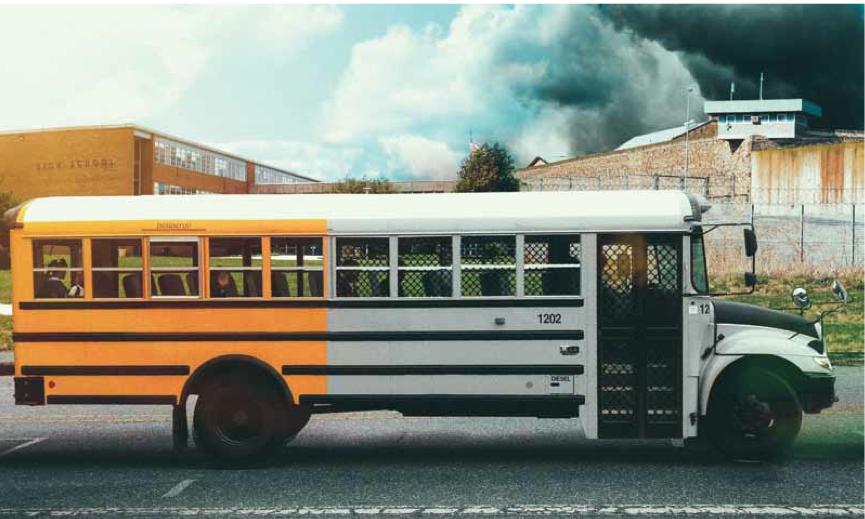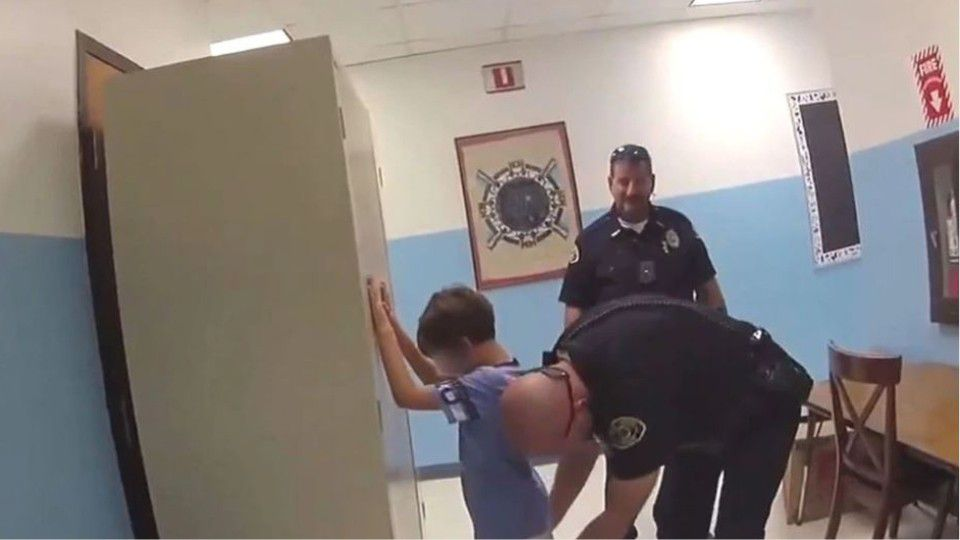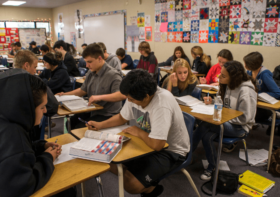Exposing the Prison Pipeline in U.S. Schools: From Libraries to Incarceration

Recent actions by the Houston Independent School District reflect the continuation of troubling practices that push disadvantaged students into the criminal justice system. The district’s move to convert libraries into detention centers underscores the systemic policies of the “school-to-prison pipeline.”
Eliminating Libraries to Create Punishment Rooms
In June 2023, the Texas Education Agency took over Houston ISD, replacing elected officials with state-appointed leaders. New superintendent Mike Miles then eliminated librarian roles at 28 schools, primarily in low-income neighborhoods. Libraries will become “team centers” where teachers can send misbehaving students for virtual detention.
This change comes despite previous plans to staff every school with librarians. Mayor Sylvester Turner criticized the unequal access, as other schools maintain fully functioning libraries. Miles defends the move as “back to basics,” prioritizing funding for teachers over librarians and other support roles.
Historical Context of the School-to-Prison Pipeline
The school-to-prison pipeline emerged in the 1990s from the convergence of education and criminal justice policies.
Zero tolerance disciplinary policies were widely adopted after the Gun-Free Schools Act of 1994 mandated expulsion for weapons possession. While intended to increase school safety, zero tolerance expanded to punish minor infractions. Schools adopted prison-like security measures, including metal detectors, surveillance cameras, and school resource officers.
At the same time, the War on Drugs and broken windows policing led to increased arrests, juvenile incarceration, and antipathy toward youth of color. The Columbine school shooting in 1999 also precipitated heightened surveillance and policing in schools.
Without needed resources and support, disadvantaged students faced criminalization for behaviors stemming from trauma, disabilities, or adolescence. Their education was disrupted by harsh punishments and court involvement. The prison pipeline was born.
Understanding the School-to-Prison Pipeline
The “school-to-prison pipeline” describes the pattern of overpolicing in schools that pushes out disadvantaged students. It encompasses:
- Harsh “zero tolerance” disciplinary policies that criminalize minor infractions
- Inadequate resources for meeting unique student needs
- Lack of due process protections for disciplinary actions
- Increased reliance on suspension, expulsion, and school-based arrests
- Insufficient educational services within juvenile detention centers

This systemic funneling of students into the justice system disrupts their education, fosters records that limit future opportunities, and makes future incarceration more likely. It also exacerbates existing racial disparities at every stage of the justice system.
Impacts on Vulnerable Student Groups
The school-to-prison pipeline disproportionately impacts students of color, those with disabilities, and LGBTQ youth. These students are more likely to face disciplinary action and criminalization for age-appropriate behaviors.
Houston’s actions exacerbate these disparities. Converting libraries to detention centers targets schools in low-income neighborhoods populated predominantly by Black and Latino students. These students lose access to vital educational resources. More advantaged peers retain fully functioning school libraries.
Negative Consequences for Students
The school-to-prison pipeline has devastating consequences that reverberate throughout students’ lives. These include:
- Lost instructional time and lower academic performance
- Higher dropout rates
- Alienation and disengagement from school
- Increased interactions with police and courts
- Development of criminal records
- Higher rates of later incarceration
- Reduced future employment prospects
- Poorer physical and mental health
Punitive environments fail to address the root causes of behaviors, further marginalizing struggling students.
Restorative Justice as an Alternative
Eradicating the school-to-prison pipeline requires comprehensive reforms focused on inclusion, support, and restorative practices, not punishment.
Restorative justice programs offer a promising alternative model. They provide ways to address conflict while keeping students in school. Victims, offenders, parents, and the community participate in dialogue and reconciliation. Accountability is focused on repairing harm rather than exacting retribution.
Dismantling the Pipeline
Schools must nurture students’ potential, not derail futures. Converting libraries into detention centers moves Houston backward. Equity for all students requires dismantling the prison pipeline.
School communities can advocate for restorative disciplinary policies, trauma-informed practices, reduced police presence, and better funding for support services. With concerted effort, we can interrupt the school-to-prison pipeline.
What are your thoughts? How can communities disrupt the school-to-prison pipeline? Please share perspectives below!



